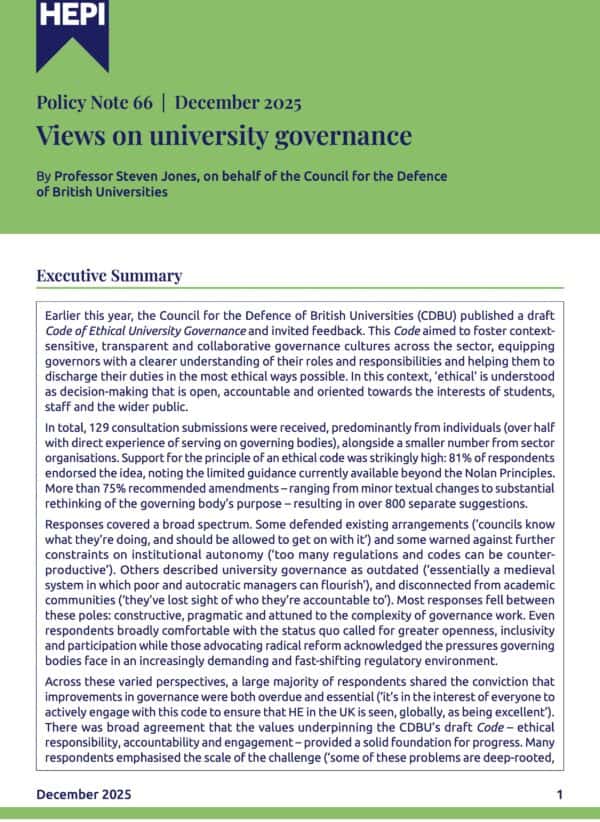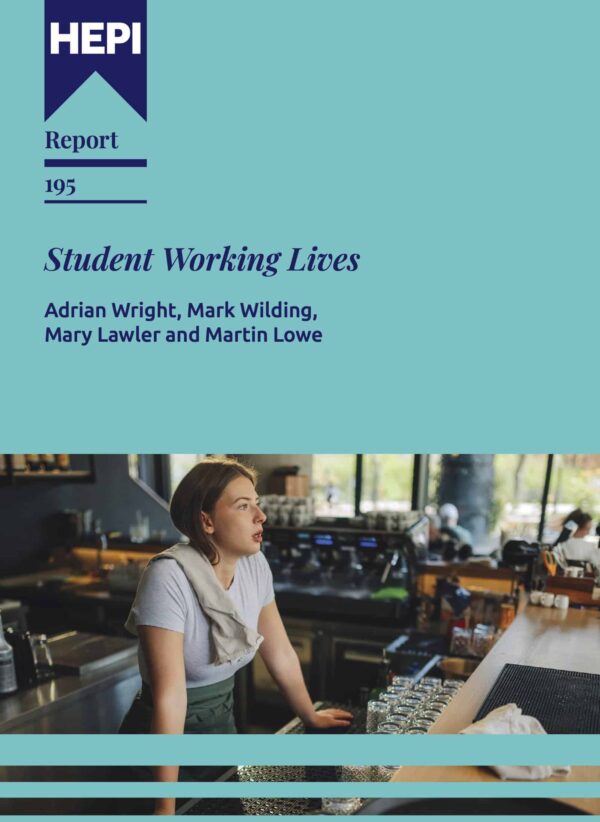Second Straight Quarter of Stabilised International Student Demand for a UK Study Visa
By Justin Wood, Director, UK at ApplyBoard
The latest UK study visa application data, released in late May, shows that demand from main applicants recovered in calendar Q1 2025 (January through March). Applications from this cohort increased by 32% over Q1 2024 levels.[1] This is an encouraging signal of sector recovery, as applications in Q4 2024 were up 9% over Q4 2023, suggesting renewed student confidence in the UK as a study destination.
UK Study Visa Applications and Issuances Up For Main Applicants in Q1 2025
Nearly 47,000 main applicants submitted a UK study visa application in Q1 2025. This represents a 32% increase over Q1 2024:
These gains build on the year-on-year growth seen in Q4 2024, suggesting that the UK international education sector is experiencing a broader rebound and stabilisation, rather than a one-off peak in Q4.
Still, Q1 has historically made up just 8% to 10% of total annual applications from main applicants. With the bulk of applications and issuances typically occurring in Q3, the sector still has work to do to sustain renewed student confidence. Attention is especially important around addressing concerns and dispelling misconceptions stemming from the 2025 Immigration White Paper—a topic we will explore further below.
As with applications, main applicant student visa issuances likewise rose in Q1 2025:
Over 48,000 international students were issued a study visa in Q1 2025, representing a growth of 27% over Q1 2024. The issuance rate in both of these quarters was 88%, meaning the increased number of issued visas reflects stronger demand rather than changes in approval rates.
That said, tuition fees, visa charges, and the NHS surcharge have all risen in recent years, driving up the overall cost of studying in the UK. The White Paper’s proposed 6% levy on international tuition fee income risks adding to that burden, especially as institutions may need to pass the new financial pressures onto students. 83.5% of respondents in a recent survey cited cost of study as a top priority when choosing a destination, highlighting the potential impact of additional cost pressures. The Government’s own analysis projects an immediate drop of 14,000 international students, with a sustained decline of around half that figure over time.
Also, due to the raised Basic Compliance Assessment (BCA) thresholds proposed in the 2025 White Paper, institutions will likely need to enhance their vetting processes moving forward before issuing confirmation of acceptance of studies. Likewise, institutions may look to diversify within lower-risk countries to minimise exposure to visa refusals.
Where Did Demand Stabilise in Q1 2025?
A closer look at what made Q1 2025 a strong quarter reveals that the uptick in study visa applications was not limited to a handful of markets. Instead, demand recovered across a broad range of source countries. Of the 22 countries with 100 or more main applicants, 14 saw year-on-year growth—an encouraging sign that renewed student interest in the UK is present across multiple regions.
India accounted for over 18,000 main applicant study visa submissions in Q1 2025, marking a 29% increase from the same period last year and making it the UK’s top source market that quarter. This recovery is particularly promising given that Indian student demand had softened across all four major English-speaking destinations in the latter half of 2023 and throughout 2024.
This momentum may be bolstered by recent developments in the UK–India relationship. In May, the UK and India signed a long-anticipated Free Trade Agreement that, while not directly altering student visa policy, introduced mutual recognition of academic qualifications and greater clarity around post-study employment pathways. These developments could reinforce the UK’s appeal among Indian students, as long-term career prospects form an important part of prospective students’ decision-making process.
Elsewhere, the 64% jump in Nigerian applications marks an encouraging recovery. Nigeria faces unprecedented economic challenges, and was also arguably the most affected by the UK’s dependant visa restrictions. However, Nigeria was among several countries, along with Pakistan and Sri Lanka, two other drivers of sustained demand this past quarter, where nationals may face increased scrutiny due to past asylum claim rates. This added layer of caution from UK authorities could temper future demand from these markets, especially if students perceive a higher risk of visa refusal or changing entry conditions despite their qualifications.
What Student Populations Drove the Upward Visa Issuance Trend in Q1 2025?
Issuance trends offer additional insight into which student populations are successfully converting interest into study visas. These trends help us understand short-term momentum and assess key markets’ longer-term enrolment potential.
The 19,300 Indian students issued a main applicant study visa in Q1 2025 represented a 31% increase over Q1 2024. Their grant rate also rose to 96%, an increase of five percentage points which is especially significant given the scale of the incoming Indian student population.
Several other markets also demonstrated notable growth in UK study visa issuances this past quarter. The number of visas issued to main applicants from Nigeria increased by 84% compared to Q1 2024, with the grant rate rising by seven percentage points to 96%. Similarly, Sri Lanka and Ghana saw significant increases in visa issuances, with grant rates improving to 91% and 88%, respectively. These trends may reflect successful adjustments to new UK visa requirements and effective outreach efforts by institutions in these countries.
Conversely, main applicants from Pakistan experienced a 7% decline in student visa issuances. Their 74% grant rate represents a year-on-year drop of eight percentage points. Nepalese and Bangladeshi main applicants also saw grant rates decline in Q1 2025—down 14 and 15 percentage points respectively—though issuances doubled for both student populations.
Sustaining Momentum in the UK’s International Student Recovery
Strong Q1 2025 results are a welcome sign for the UK’s international education sector, especially as they build on the encouraging Q4 2024. Together, these quarters point to a potential turning point in student sentiment, possibly signalling a broader recovery in demand if institutions and the wider international education community remain aligned, and if geopolitical relationships remain relatively cooperative.
However, that stability is not guaranteed. With the release of the 2025 Immigration White Paper, institutions must proactively clarify recent policy changes and dispel myths that may deter prospective students.
Two areas of particular concern within the White Paper are the proposed reduction of the Graduate Route’s duration from two years to 18 months, and the proposed 6% levy. These changes could impact the UK’s competitiveness in attracting international students, as post-study work opportunities are a significant factor in students’ decision-making processes. Moving forward, it will; be critical for institutions to emphasise that this post-study work pathway remains accessible for all eligible students and is a key differentiator for the UK in an increasingly competitive global landscape.
[1] All data courtesy of the UK Home Office, unless otherwise stated. All timeframes in this article are by calendar year (January–December).







Comments
Add comment